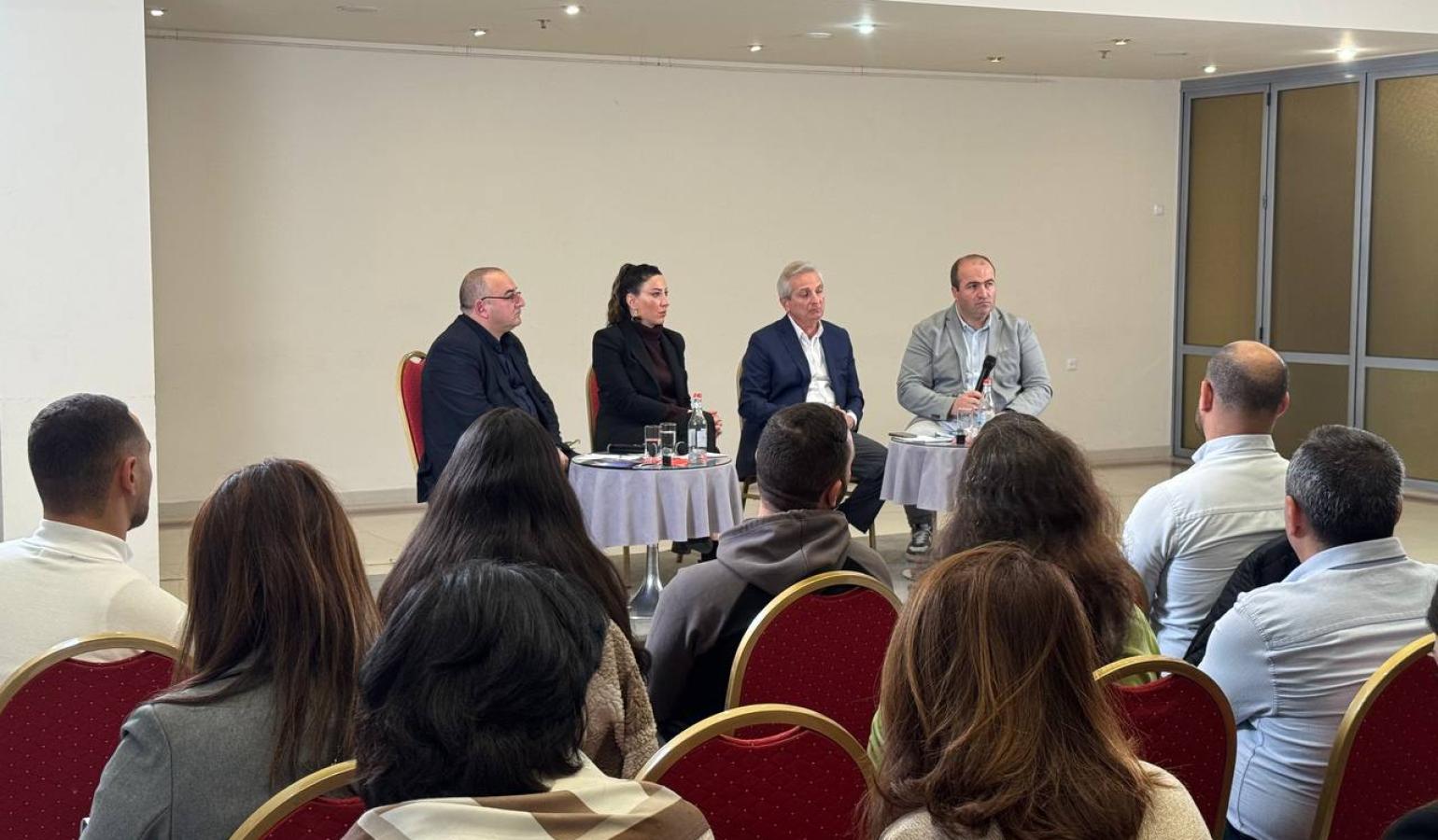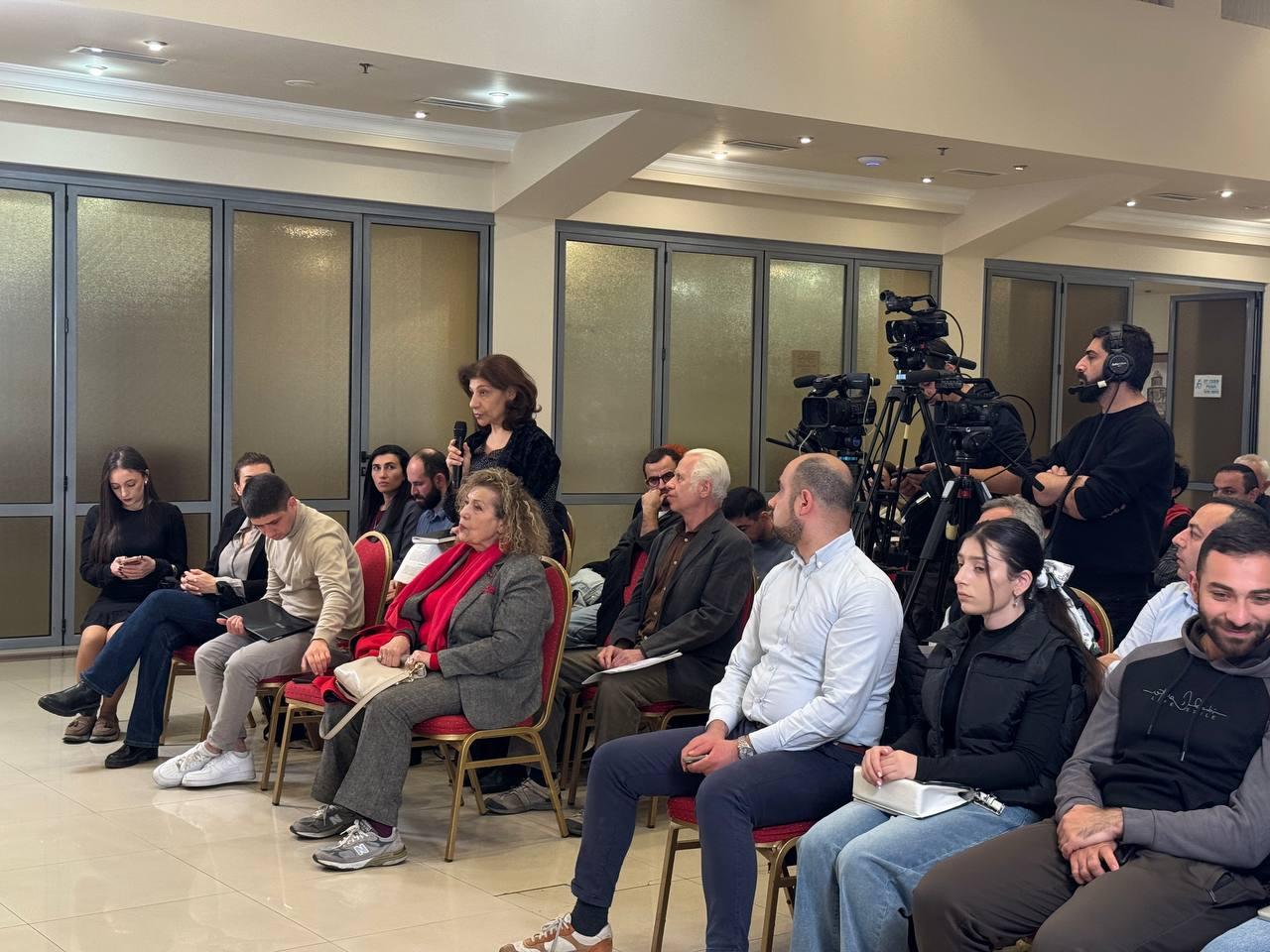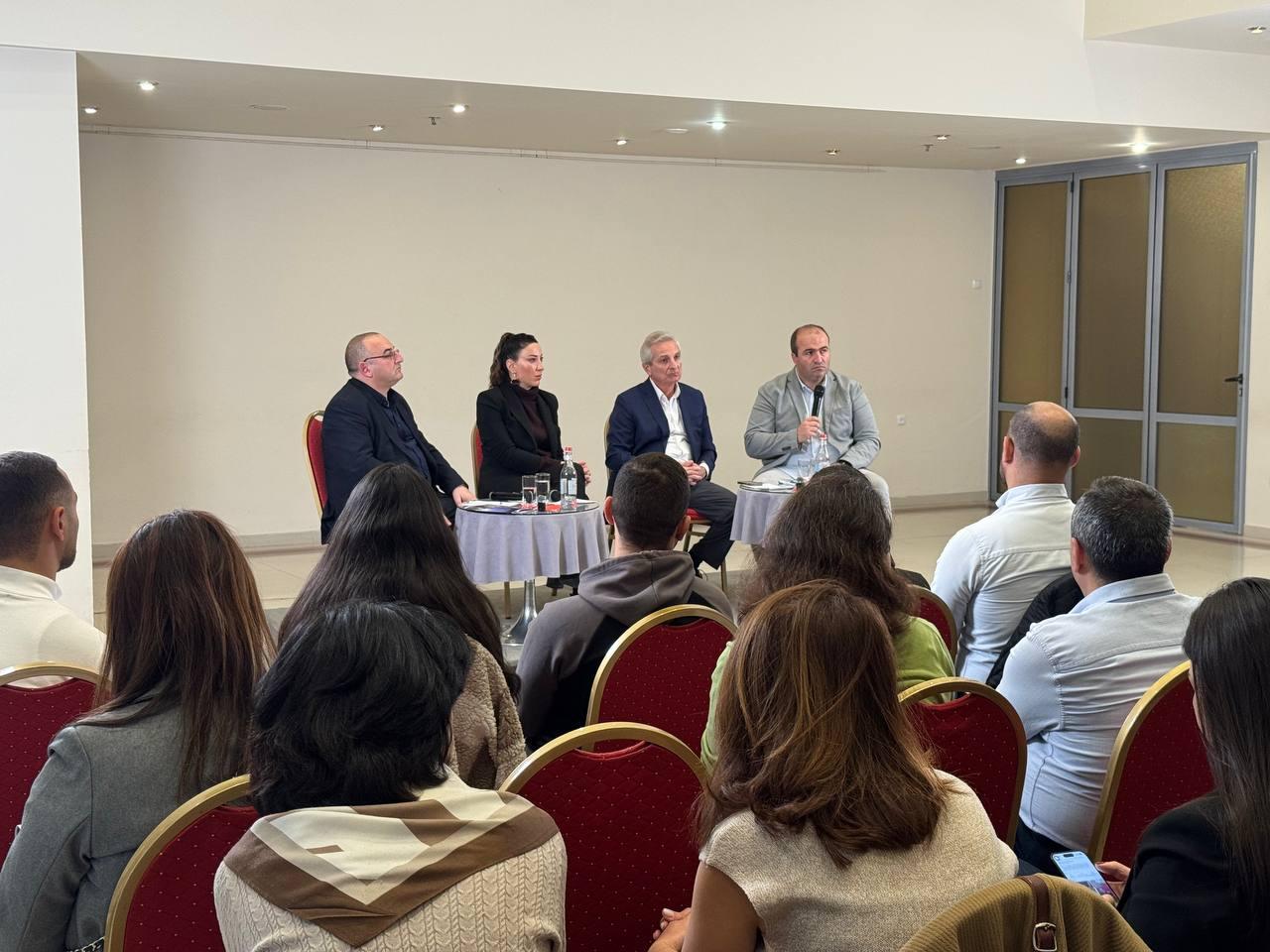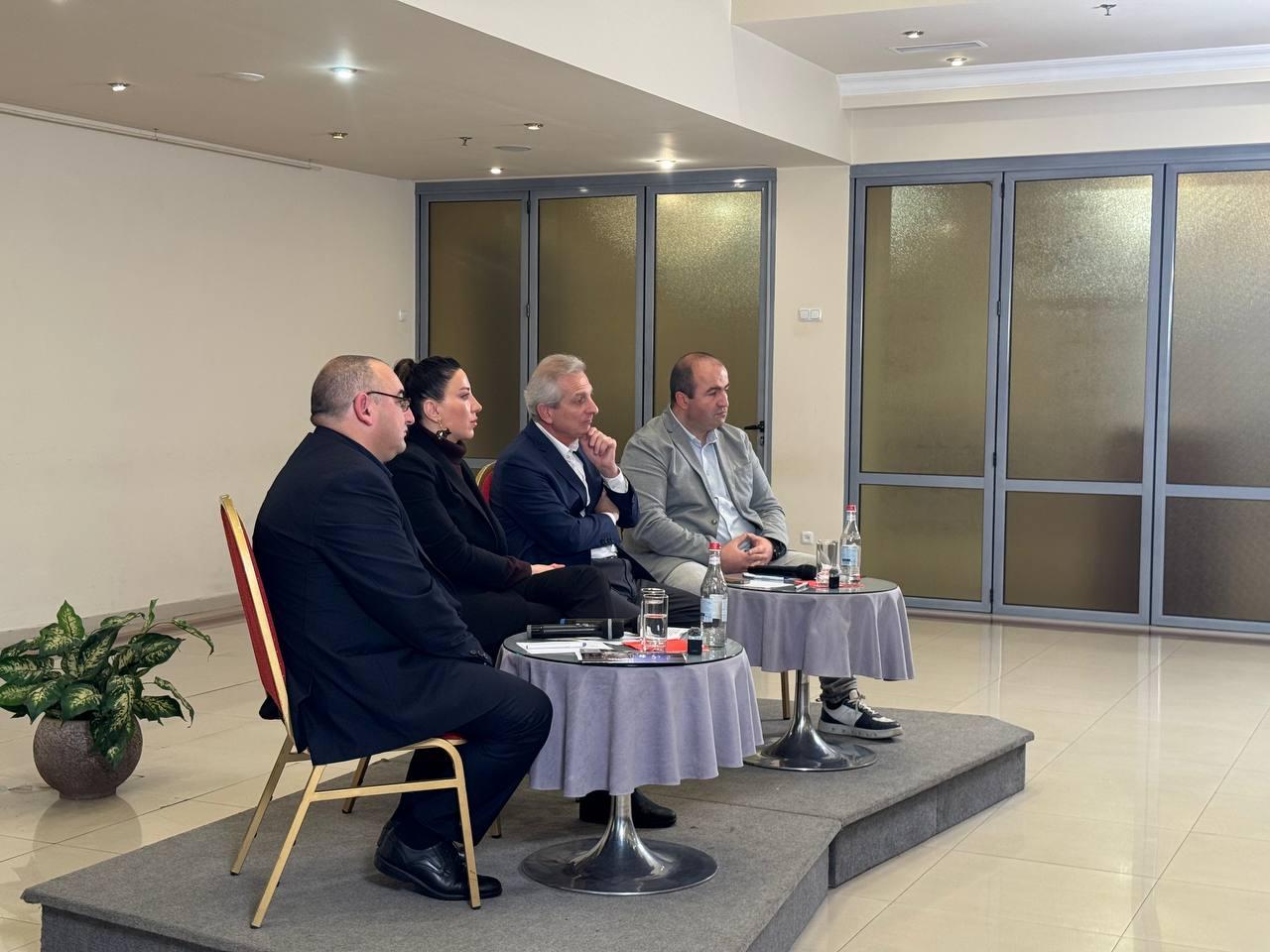
Armenian prisoners are being tortured. The violence against Vigen Euljekchyan led to disability.
“During phone conversations with the family members of Armenian captives, we continuously receive alarming information that our compatriots held in Baku prisons are being subjected to torture, and that prolonged deprivation of liberty has led to not only psychological but also serious physical consequences. Yesterday, Vigen Euljekchyan’s message also received wide circulation in the press. The ongoing violence against him has resulted in disability,” said Siranush Sahakyan, head of the Center for International and Comparative Law, during the public discussion titled “After the Deportation of Artsakh: Challenges and Solutions.” The discussion was organized by Civilnet․
Sahakyan also reported that the Armenian captives are deprived of proper food, receiving only bread and tea, no medicine and medical care is provided. Referring to the issue of the forcibly disappeared, the human rights defender noted that the Azerbaijani side unilaterally refuses to conduct an investigation. “In this matter, we emphasize the importance of international mechanisms, which politically or legally impose obligations on the state to investigate the incidents and provide information to the families,” said Sahakyan.
As a second significant issue, Siranush Sahakyan also addressed the right of Artsakh Armenians to return to their homeland. “As long as the internationally guaranteed right of return is not ensured, we are dealing with a continuous crime against humanity. The right of return includes a collective aspect. No matter how many times international bodies affirm in each specific case that a forcibly displaced person has the right to return to their place of residence and enjoy their property, this cannot be realized in practice unless an international security environment is established that allows individuals to return to their homeland safely and with dignity,” said the human rights defender.
According to international law expert Ara Ghazaryan, the people of Artsakh must first and foremost stand up for their rights. In particular, if they possess documents confirming their property rights, they should apply to international bodies. Over the years, Azerbaijan’s informational and legal resources will become exhausted, but legal standards remain protected. Legal processes also require time.
“Azerbaijan still has not declared whether it has, in fact, nationalized the property left behind by Armenians or not. They know that from the moment such a law is published, it will not be legitimate, because they cannot nationalize property that does not belong to the state but to private individuals. Yet since we see the state giving that property to someone named Hasanov or Aliyev, it means that the property was first nationalized and only then transferred to a private individual. On a large scale, the most important issue is property: 120,000 Armenians left behind their possessions. For example, in Northern Cyprus, 230 Greeks left their property within a few days, but 41 years later Turkey agreed to pay compensation. Azerbaijan has this example right before its eyes and knows that sooner or later it will either have to fully compensate, including moral damages, or allow some people to return and live there. When we talk about property, we must understand both immovable and movable property, the property of private organizations and individuals, as well as public property and the property of religious organizations,” said Ghazaryan.
Referring to the material and intangible cultural heritage left in Artsakh, Lernik Hovhannisyan, Chairman of the Diocesan Council of the Artsakh Diocese of the Armenian Apostolic Church and former Minister of Culture, Youth Affairs and Tourism of Artsakh, noted that after the forced displacement, Artsakh’s cultural heritage faces the danger of destruction. According to him, Azerbaijan has crossed all red lines in this matter, and no international convention concerns that country anymore.
"There are 5,658 monuments left in Artsakh, including 385 churches, 60 monastery complexes, 2,835 khachkars, and 400 cemeteries that were formed before the 19th century. In other words, a large part of the cultural heritage of the Armenian people is occupied by the enemy today. Information periodically appears in the Armenian media about the devastation Azerbaijan is wreaking in Artsakh. We learned from various sources that the St. John the Baptist Green Church in Shushi, the St. Hambardzum Church in Berdzor, the St. Sargis Church in the village of Mokhrones in the Hadrut region, the St. Mary's Church in Mariamadzor, and stray animals were kept in the St. Mary's Church in Stepanakert," Lernik Hovhannisyan presented the situation.
Within the framework of the discussion, the fact-finding report “The Blockade of Artsakh and the Forced Displacement of the Population” was also presented. The report was prepared by the Center for International and Comparative Law with the support of the Armenian Legal Center for Human Rights and Justice.
Below is the complete version of the report: https://drive.google.com/file/d/1LGcJfLWX4dzusjlScq70lFyRWcoaQ2de/view?usp=sharing




